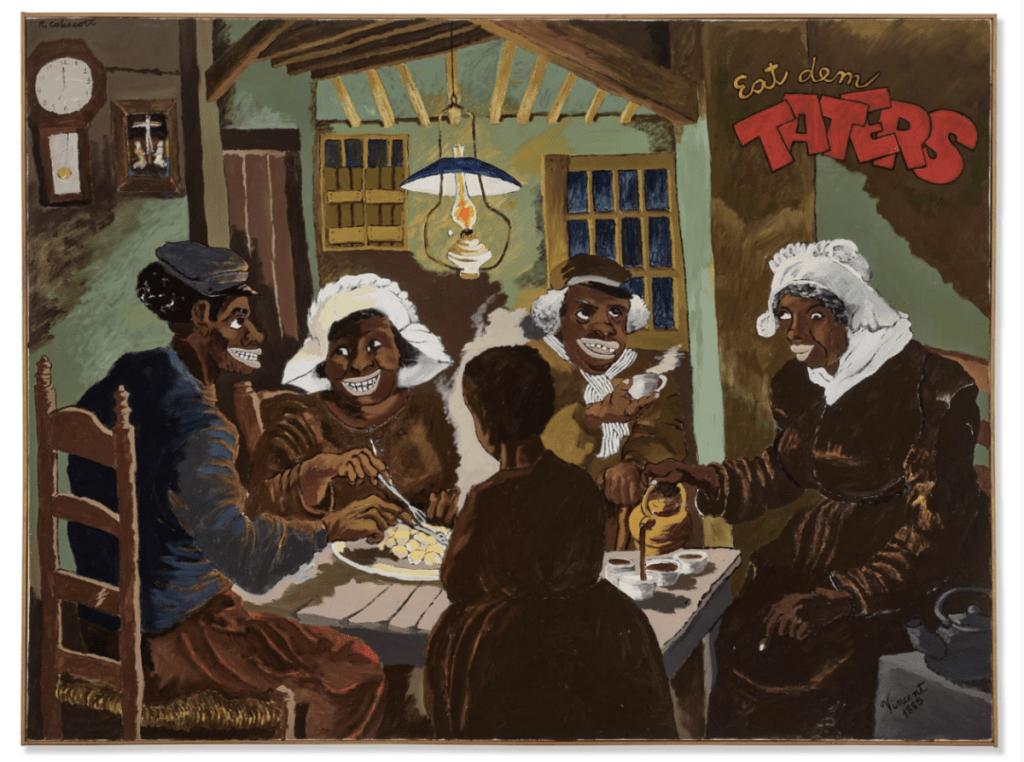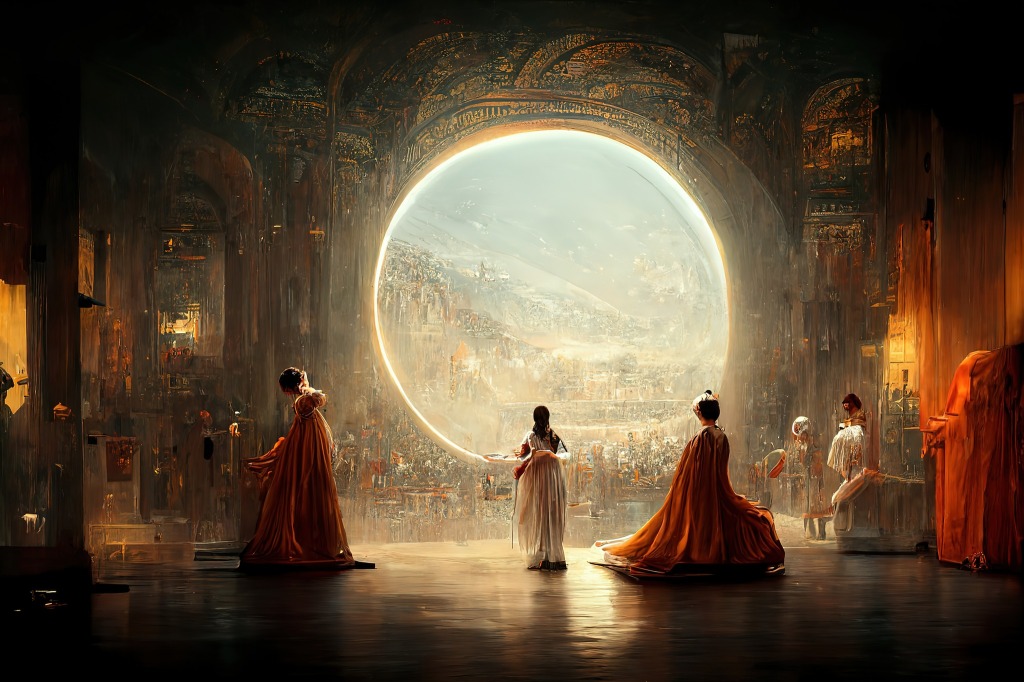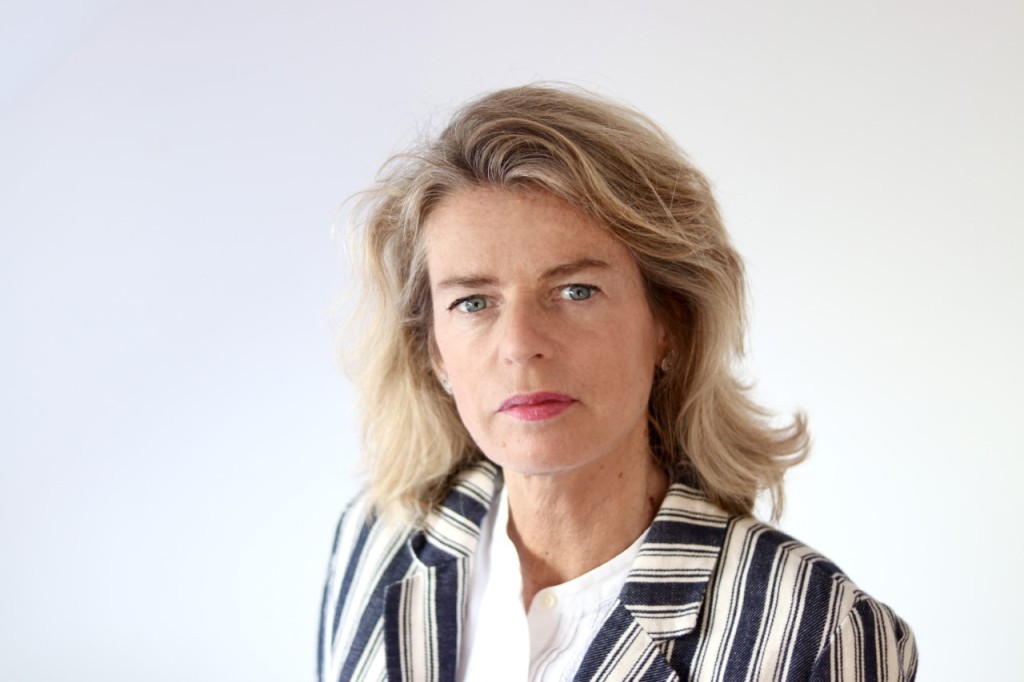Roman Abramovich’s Art Collection Has Not Been Seized Despite Sanctions: Report
Russian oligarch Roman Abramovich restructured trust that holds the $963 million art collection he amassed in 2018 with his ex-wife, Dasha Zhukova, ahead of the invasion of Ukraine, protecting it from seizures caused by sanctions, according to new reports from Organized Crime and Corruption Reporting Project (OCCRP) and The Guardian.
The restructuring of the trust in February 2022 meant Abramovich and Zhukova, who own 49 and 51 percent of the trust’s assests, respectively, still maintains access to artworks by some of the world’s greatest modern and contemporary artists. Abramovich was sanctioned by the United Kingdom only days after Russia’s invasion of Ukraine in February 2022; he has since been sanctioned by the European Union and the United States.
“You could fill a museum with it; this is a stupendous collection,” Goldsmiths, University of London curation professor Andrew Renton told The Guardian, one of the investigation’s media partners. “It’s not the vulgar collection of a nouveau riche; it shows very good taste. If you have enough money, you can buy a piece of history.”
During the couple’s nine years of marriage, Abramovich and Zhukova established reputations as serious collectors, including multiple appearances on the ARTnews Top 200 list. In addition to co-founding the Garage Center for Contemporary Culture in Moscow, Zhukova is a trustee of the Metropolitan Museum of Art, the Los Angeles County Museum of Art, and The Shed. ARTnews editor-in-chief Sarah Douglas also profiled Zhukova in 2021.
But documents leaked from the Cyprus-based offshore corporate service provider MeritServus HC Limited, and released by the whistleblower site Distributed Denial of Secrets, have revealed details previously unknown about Abramovich and Zhukova’s private art dealings.
(MeritServus appeared to have continued to work for the Russian billionaire even after the invasion of Ukraine. The company was also sanctioned by the UK government in April after media reports were published on its work with Abramovich and other oligarchs.)
According to the OCCRP, the collection includes Pablo Picasso’s Le Jeune Toreador, and Claude Monet’s La Plage à Trouville, as well as sculptures by Henry Moore, Antony Gormley, and Alberto Giacometti.
The Guardian published a more comprehensive list of artists that includes Piet Mondrian, Henri Matisse, Edgar Degas, Amedeo Modigliani, Francis Bacon, Paula Rego and Anselm Kiefer. The collection is also strong in Russian modernists such as Natalia Goncharova and Véra Rockline.
One notable entry is Kazimir Malevich’s Suprematist Composition: White on White (1918), which had hung in the Museum of Modern Art until the institution returned it to the painter’s heirs and they sold it for $17 million at a Phillips auction in 2000.
“These are prestigious works,” Art expert and consultant Claudio Metzger told OCCRP’s media partner L’Espresso. “[These] are iconic pieces, all museum pieces. I am surprised to see all these works together.”
The Guardian‘s report also explains how Abramovich and Zhukova built their enormous art collection, including the $500,000-a-year contract paid to art advisor Sandford Heller, and the use of warehouses owned by British art storage specialist called Martinspeed, which was acquired by Crozier Fine Arts in 2021.
After being hired in late 2010, Heller worked with the couple for the next six years.
The Guardian reported that with Heller’s expertise, Abramovich purchased Lucian Freud’s Benefits Supervisor Sleeping (1995) for $33.6 million at Christie’s New York in 2008, setting a record price for a work by a living artist. The following day, he won the 1976 Francis Bacon triptych for a cool $86.3 million at Sotheby’s New York, which at the time also set a record for the most expensive work of postwar art sold at auction.
In February 2014, the painting was carefully moved from to Abramovich’s mansion at Kensington Palace Gardens in London, according to The Guardian.
Abramovich was able to retain access to both record-setting works, as well as hundreds of other pieces, after his share of the trust was reduced to less than 50 percent, a critical threshold for sanctions in the UK. Zhukova, whose share was increased to 51 percent, is a US citizen that has not been sanctioned. She has also condemned the invasion of Ukraine.
Invoices analyzed by the Guardian showed that dozens of works from Abramovich’s collection, some of them worth millions, “were imported and exported internationally, by air and truck, through Geneva, Moscow, New York and Liège.”
Earlier this year, the Ukrainian government launched a database of art owned by Russian oligarchs targeted for seizure. However, the database only included four works related to Abramovich, a tiny fraction of what was revealed through the leak of documents from MeritServus.
The report from OCCRP does note the location of the couple’s artworks is unknown. While some pieces had been loaned for exhibitions, they are often anonymous, attributed to a “private collection”. Items from the collection have also not been seen in public since the sanctions were laid against Abramovich, which the OCCRP says are “likely due to complications caused by his sanctioning”
“It is regrettable that the trust that holds these works seems unable to lend them because of sanctions,” art market expert Georgina Adam told The Guardian. “These sanctions were imposed for good reason. Now, the consequence of Mr. Abramovich’s investment in art is that the public are deprived of the opportunity to enjoy some of the greatest modern and contemporary works.”
Both Abramovich and Zhukova declined to comment to The Guardian.
There is no suggestion she was aware of or involved in the change in beneficial interest in Ermis, since administrators of the trust had the power to make such alterations without her knowledge.



